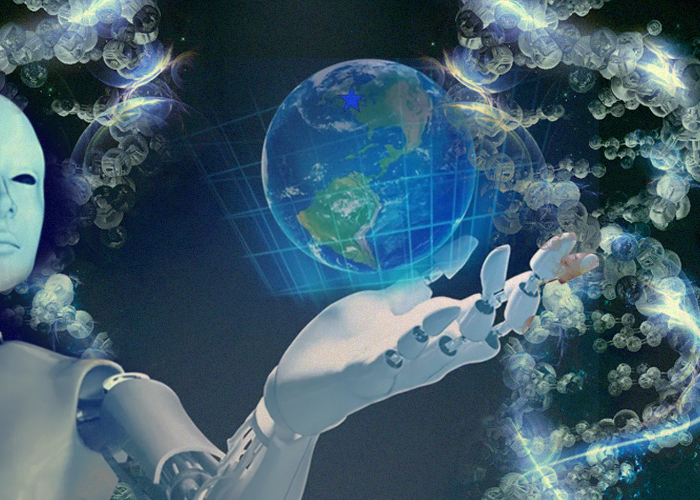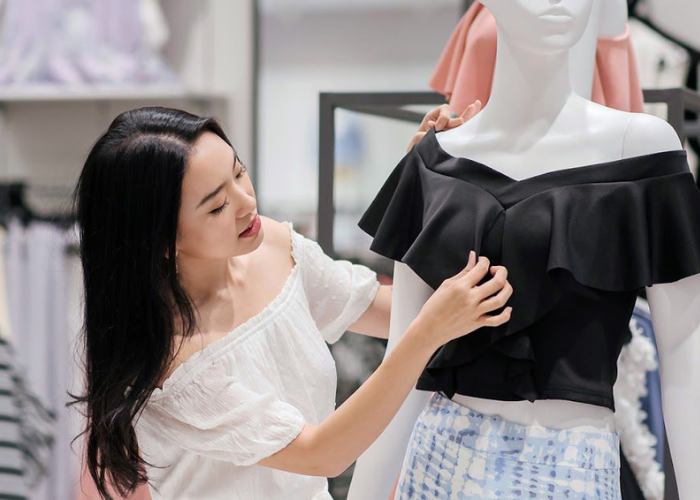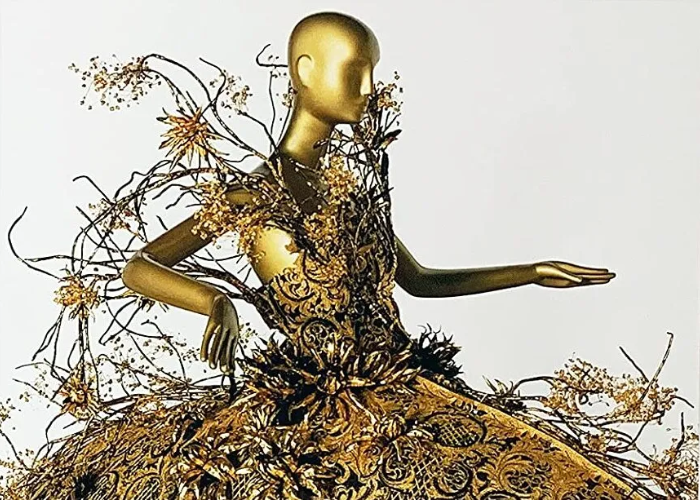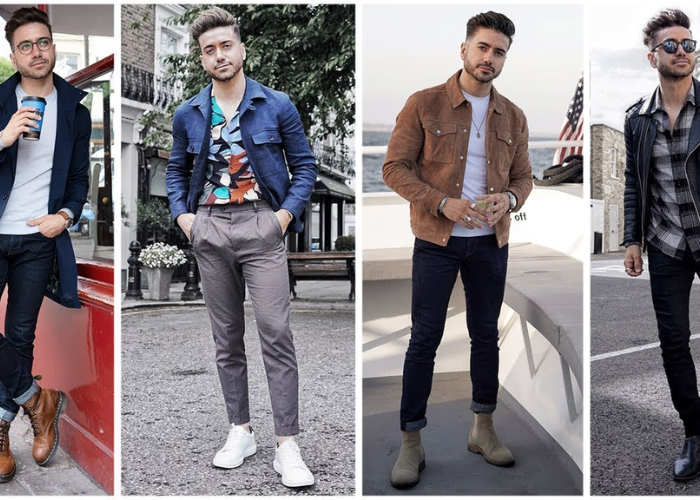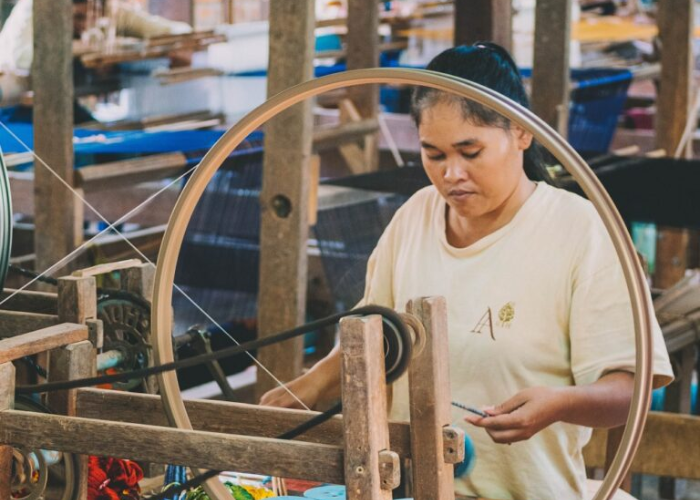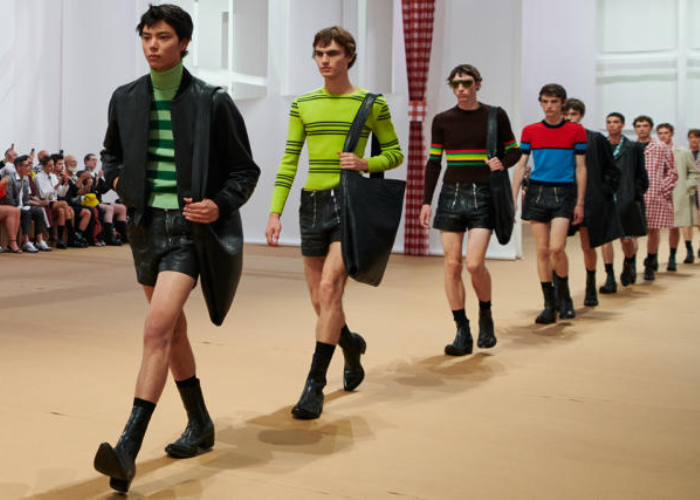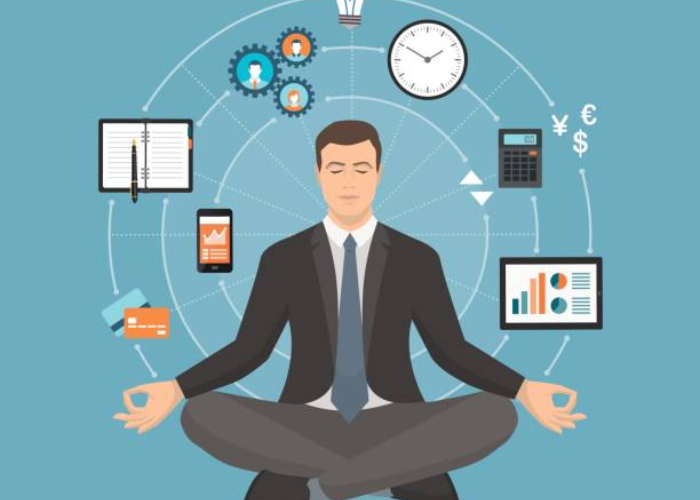Emerging Tech Trends: Shaping the Future of Industries
Emerging technologies are playing an increasingly important role in the way we conduct business and…
Fashion Technology: Blending Innovation and Style for the Future
With the emergence of new technologies, fashion has evolved from its traditional roots into something…
The Art of Couture: Celebrating Masterpieces of Design and Craftsmanship
Fashion has been a part of the culture for centuries, and couture is no exception.…
The Power of Personal Style: Expressing Individuality through Fashion
In today’s world, fashion and personal style are becoming increasingly important. From celebrities to influencers,…
Sustainable Fashion: Redefining the Industry’s Environmental Impact
Sustainable fashion is a term used to describe a conscious effort to create clothing that…
Fashion Forward: Trends and Styles Defining the Runways
Fashion is a constantly evolving art form that has been around for centuries. From the…
Sustainable Living: Redefining Consumption for a Greener Future
Sustainability is a concept that has been around for decades, but it has recently begun…
Travel for the Soul: Discovering Experiences that Enrich Your Life
Traveling is an incredible experience that can enrich and transform your life in many ways.…
The Art of Mindful Living: Finding Balance in a Hectic World
Mindfulness is a form of meditation that has grown in popularity in recent years. It…
